8+ SAMPLE Talent Management Action Plan
-
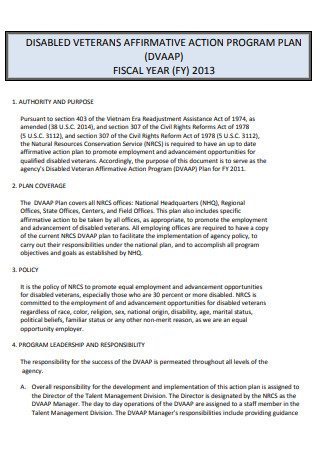
Talent Management Action Program Plan
download now -

Talent Pipeline Management Action Plan
download now -
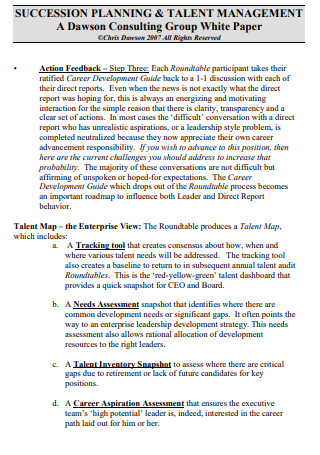
Talent Management Action Feedback Plan
download now -
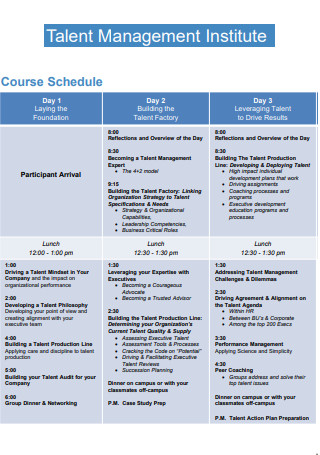
Talent Management Institute Action Plan
download now -

Employee Talent Management Action Plan
download now -
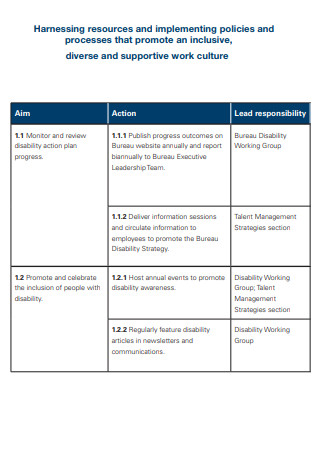
Talent Management Strategy Action Plan
download now -
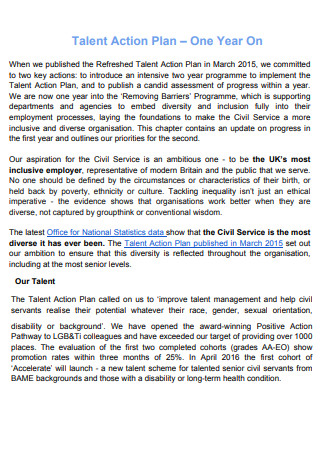
Talent Management Service Action Plan
download now -
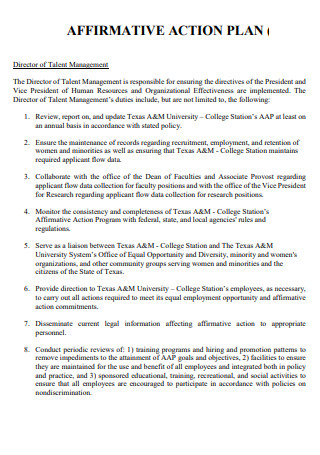
Talent Management Director Action Plan
download now -
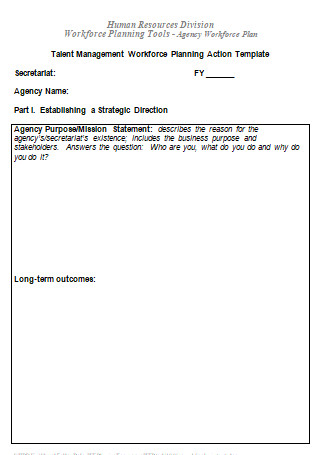
Talent Management Agency Action Plan
download now
FREE Talent Management Action Plan s to Download
8+ SAMPLE Talent Management Action Plan
What Is Talent Management?
What Is a Talent Management Action Plan?
Talent Management Model
How to Write a Talent Management Action Plan
Main Elements of Talent Management
Developing Effective Talent Management Techniques
FAQs
What is the importance of talent management?
What are the four areas of talent management?
What is a talent management framework?
What Is Talent Management?
According to Ghosh from ToolBox, Talent management is described as the carefully managed, strategic process of bringing in the right people and assisting them in reaching their full potential while keeping corporate goals in mind. Identifying talent gaps and open positions, finding and onboarding suitable candidates, growing them within the system and developing needed skills, training for expertise with a future focus, and effectively engaging, retaining, and motivating them to achieve long-term business goals are all part of the process. It is the process of coming up with a management framework to help the company as a whole. Go on over to view the talent management plan example to see for yourself.
What Is a Talent Management Action Plan?
Action Plans are concise listings of all the actions that must be completed to achieve a goal. They are distinct from to-do lists in that they are focused on achieving a specific objective. Action plans are important because they provide a framework for thinking about how to execute a task efficiently. They aid you in performing tasks in a logical order and ensure that no vital phases are missed. You may also rapidly determine which duties you will delegate or outsource because you can see each work written out. There are available talent management plan templates that you can use.
Talent Management Model
While no standardized talent management model exists, several HR experts have developed good models that every company may employ. Do note that not all talent management companies would necessarily follow this structure, they may add their unique twist to it. If you wish to do the same, then you and your company can. No matter the method you use to create your model, it must have the essential elements.
How to Write a Talent Management Action Plan
It is time to proceed to writing your own talent management action plan. Keep reading this guide to follow through the steps. Don’t be overwhelmed because this article also provides you with a talent management action plan sample and template. You won’t have to start from scratch.
Step 1: Identify the Goals
No company has stood for quite a while without concrete goals listed under their name. The same goes for your own company. It is rare for a brand, business, or other types in the industry to not have set a clear goal in mind. This is why as the first step, you would need to list out the Goals your company is vying for. This could help identify and differentiate your company from competitors and help gain attention to potential employees.
Step 2: State Potential Challenges
For your second step, you would need to list out the challenges your company has encountered in the past or will possibly come across in the future. Since an action plan is intended to address the noticed issues, then it is all the more important to list out the ones your company has long noticed to be causing worry especially regarding the talent you are managing.
Step 3: Conduct Gap Analysis
The third step will require you to conduct a gap analysis, Investopedia defines the latter term to compare their existing performance to their intended, expected performance. This study is performed to see if a company is achieving expectations and making good use of its resources. With this, you can define the difference in the performances throughout the time period of the talent management action plan.
Step 4: Define HR Priorities
Different companies will have different priorities, this also includes the HR department. Make sure to get their word or at least understand where their priorities lie to avoid clashing of thoughts and execute a well-intended action plan.
Step 5: Elaborate on the Talent Management Processes
Higher-ups or supervisors may not right away understand the purpose of the action plan. So you would need to clarify the process of how you and your company are coming up with managing talents. This will help them to see how things are going and why they need to come up with a talent management action plan has been brought up.
Main Elements of Talent Management
Building a great team is important to any company’s success. To keep happy and devoted employees who will keep your company running smoothly, you will need a comprehensive personnel strategy. Five major areas must be addressed in the Human Resources plan. Keep in mind the following elements that are necessary for your company as you manage the acquired talent.
Developing Effective Talent Management Techniques
Setting talent management priorities could appear to be a difficult undertaking. However, data demonstrates that failing to build a plan for top talent management can cost your sales organization more than investing the time and resources required to develop a system. Best-in-class firms have clearly defined goals for managing their sales personnel, as well as systems in place to manage their top performers.
FAQs
What is the importance of talent management?
The basic response is that it takes advantage of employees. Possibly your company’s most valuable asset. Talent management allows you to get the most out of your personnel. Talent management establishes your company’s reputation as an employer. This will assist you in attracting the most qualified individuals for future Recruitment. When three important components of talent management are combined: quick talent allocation, a great employee experience, and a strategic HR team, talent management becomes the most successful of all. It allows firms to be competitive, stimulates innovation, it aids in the formation of productive teams, it reduces turnover, and it pushes others to progress.
What are the four areas of talent management?
As previously noted, talent management solutions are built around four pillars, commonly known as modules: recruiting which is companies trying to gain the best possible client, corporate learning and development which focuses on employees and aims to educate, promote professional progress, and provide additional training possibilities, performance management with coaching sessions, group activities, and seminars are frequently used to help employees reach their full potential and lastly pay management is how companies compensate their employees’ time and effort while working with the company.
What is a talent management framework?
Talent management frameworks are custom-designed structures created to meet the various human capital needs of an organization. The aim of the customization is to increase the efficiency levels within an organization’s talent pool and to increase the retention and attraction of talented employees. Companies do not necessarily have to follow through with the given framework but are free to use it as a base structure as they further develop their talent management.
It may be overwhelming to be bombarded with all this information regarding managing talents, but it is better to be aware of them now than in the long run when things have gotten quite complicated. Having workforce planning is necessary to ensure that all areas of the strategy, company, and experience of each employee are fulfilling to both ends. An efficient talent management action plan would also help employee motivation to be sufficiently provided and avoid the risk of employees leaving the company due to negative personal reasons. With that being said, you are more than prepared to write your company’s own talent management action plan.
